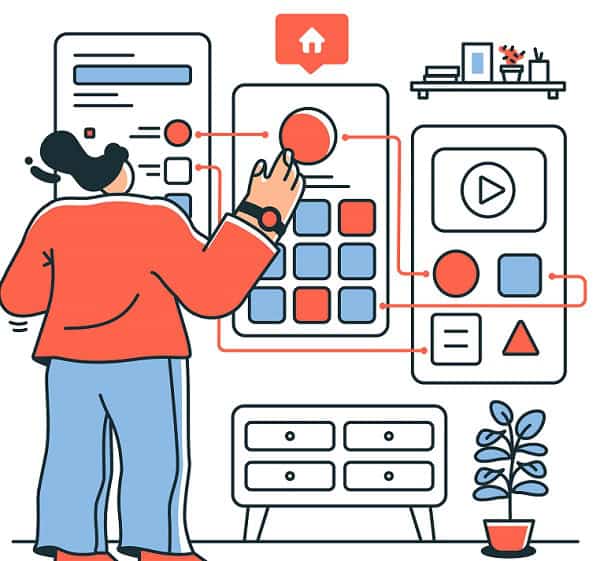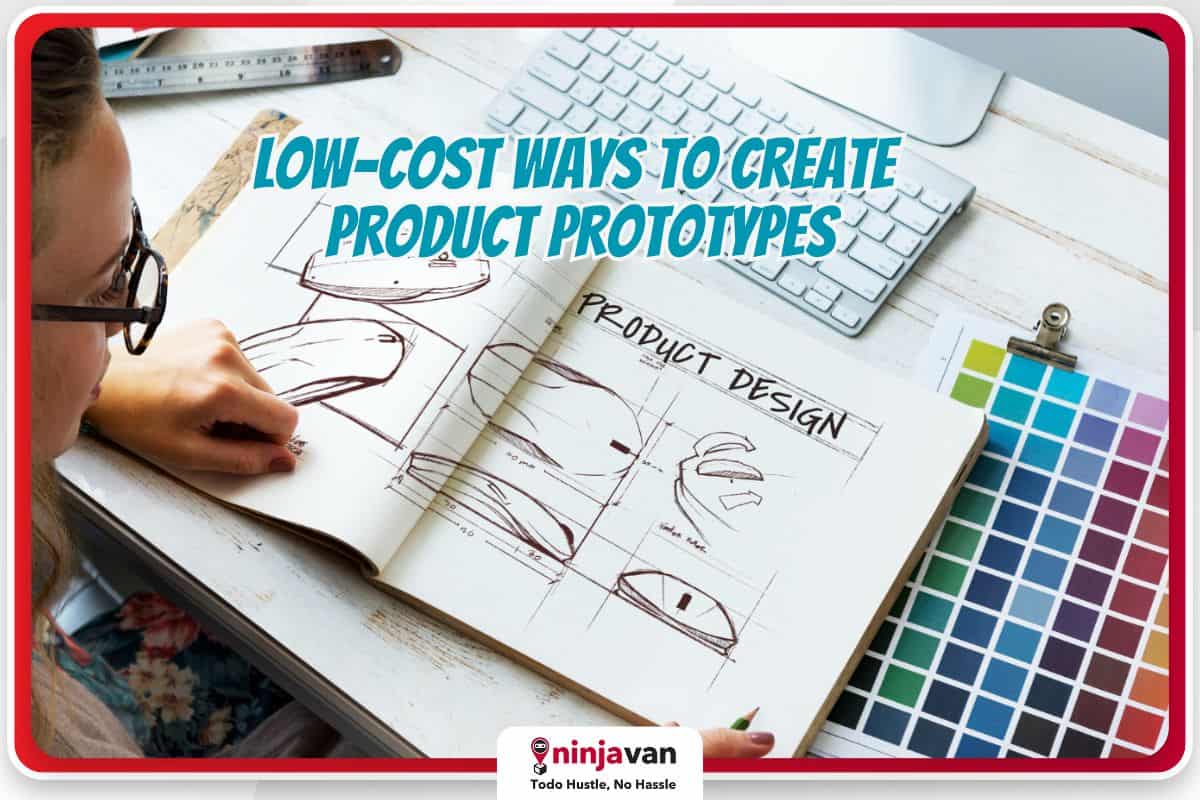The thought of starting a business can be scary. You might worry about finding the time and resources to fund your new venture, stress over how to do marketing and sales, and ponder about where to begin. Before you get ahead of yourself, however, test the profitability and sustainability of your product ideas.
It’s one thing to have great product ideas; it’s another thing knowing your products are great. Gain confidence in your new endeavor through product prototype testing. Conduct low-fidelity or low-cost prototyping to help bring your ideas to life and ensure your audience will love them as much as you do.
What is a product prototype?
Product prototypes are the initial model or preliminary version of a product. Think about Apple iPhones and Samsung Galaxy smartphones. They constantly think of ways to innovate their products, resulting in the annual rollout of product updates with improved battery, cameras and overall performance.
The product design process works the same way. Except, microbusinesses don’t do it on the same scale as conglomerates and tech giants. With considerably less resources than big companies, small business owners have to be more strategic when testing and demonstrating their product’s design and functionality.
Purpose of product prototypes
Prototyping and product concept testing can help you visualize your idea before you commit to all-out product development and manufacturing. It tests early versions of your product to ensure it meets consumer needs and expectations.
Consider these five main purposes of product prototype testing:
- Get a visual representation of your product idea
- Verify whether the concept of your product is feasible
- Test overall functionality and detect potential product flaws
- Assess the design and user interface of your product idea
- Gain user feedback and insights to refine your product
Note that a product prototype doesn’t have to be fully functional at this stage. It only needs to demonstrate basic functionality, usability and accessibility so you can gather insights for product improvement.
3 types of prototypes
From manual testing cycles to prototype testing software, you can determine the overall feasibility and functionality of a product prototype in many ways.
To make it simple, here are the three types of prototypes that you can use to study the sketch, wireframe, or model of your product idea:
- Low-fidelity prototype
- Medium-fidelity prototype
- High-fidelity prototype
A low-fidelity prototype is a low-cost rough draft of your product. This could come in the form of a design sketch or a cardboard model. This prototype is typically used at the earliest testing stages, but it already gives you a pretty good overview of the overall concept and design of your product. It helps you determine the product’s basic features and the most feasible product design.
Medium-fidelity prototypes cost more than low-fidelity prototypes, but it can give you a more comprehensive look into your product. It lets you determine unique product actions and incorporate customer feedback into the prototype.
Meanwhile, high-fidelity prototypes have the highest prototype testing cost. These are typically used for final usability testing before a large product launch. It also guides the design direction of new product features or versions.

Benefits of product prototypes
Many small businesses opt for sourcing available products from an original design manufacturer (ODM) or an original brand manufacturer (OBM), then use dropshipping for their ecommerce shop. When you prefer providing the product design and idea, however, your best option is to work with an original equipment manufacturer (OEM) as your production team.
But before choosing an OEM, test your product ideas first.
Product prototype testing is an effective way to visualize your idea and gather insights that can shape the final product’s features and functionality.
Here are the five main benefits of product prototyping:
- Determine the key functions and features of your product idea
- Gain first-hand experience with products at the prototype testing stage
- Create different prototype iterations to determine which performs best
- Detect and address design issues before the actual product manufacturing
- Reduce overhead production costs by fixing faults in the testing phase
For microbusiness owners and new business owners, you don’t have to shell out too much just to test your product prototype and improve the quality of your business. Low-cost prototyping has a way of bringing your product ideas to life.
3 low-cost ways to create product prototypes
1. Making sketches
Sketches are most suitable during the early stages of product design. You can also accompany product sketches with diagrams and mind maps to help you visualize the concept and layout. When you’re ready to take it further, consider using paper prototypes or digital wireframes to map out your product concept.
2. Paper prototyping
Paper prototypes are relatively quick and easy to create and modify. You can create multiple iterations of your product idea and put them side by side, so you can get a more realistic idea of which concept works best.
You’ll typically spend more time creating paper prototypes compared to sketches. That said, they’re great for exploring and testing new ideas, especially when you have multiple concepts for the same product.
3. Digital wireframing
Paper prototypes are essentially another type of low-fidelity wireframe. Generally speaking, however, the term wireframe refers to digital wireframing. You can use apps to make fast, stripped-down illustrations of your product.
Digital wireframes highlight your product’s functionality, so you can pay more attention to polishing its features. Keep in mind that this type of mockup is most suitable for intangible concepts like apps and websites.

Low-cost prototype testing: the next step for microbusiness owners
It takes time and effort to find the best product manufacturer. Even then, the best manufacturer can only do justice to your product when your ideas have undergone product concept testing and are fully fleshed out.
When you conduct thorough product testing, you become confident in what you’re selling and get the best value for money from the actual production. So explore your options for low-cost prototype testing before coordinating with manufacturers. Good luck on your new business endeavor!
More helpful tips for your new business:
How to Get A Business Loan in PH?
Helpful Business Tips for Startups
A Quick Guide to Filing Business Tax in PH







